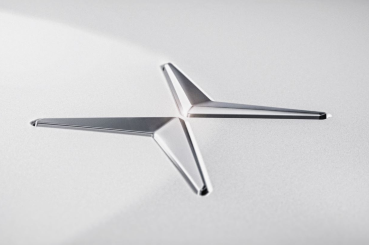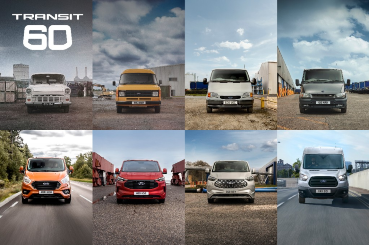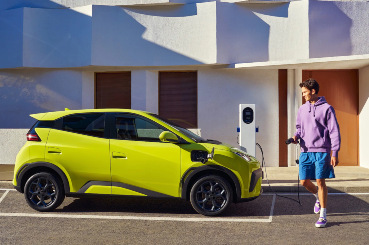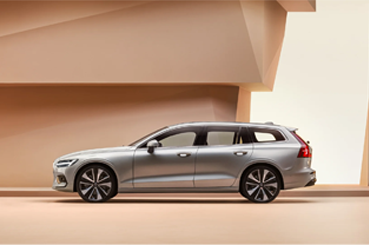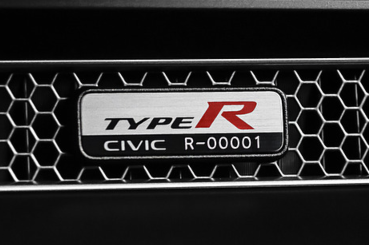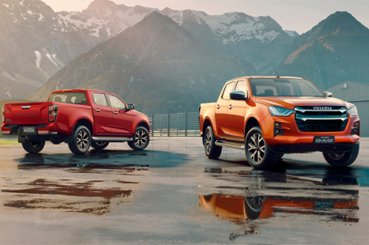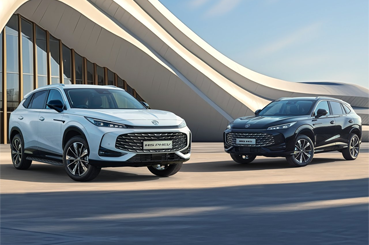Honda has now been producing hybrid vehicles for over 40 years, having introduced Europe’s first petrol-electric hybrid car with the groundbreaking Insight in 1999.
Since then, Honda’s engineers have dedicated the past 25 years to refining this hybrid powertrain technology, which is now showcased across its fully electrified mainstream lineup, including the Jazz, Civic, HR-V, ZR-V, and CR-V – all equipped with the two-motor e:HEV system.
Driven by a commitment to advancing vehicle efficiency for societal and technological progress while preserving the “joy of driving,” Honda has continually led in hybrid innovation.

Early History of the Hybrid Engine
Since the release of the first-generation Civic in 1972, Honda focused primarily on petrol engines, gaining expertise in lean-burn combustion to reduce harmful emissions. As environmental awareness grew in the late ’80s and early ’90s, Honda began exploring petrol-electric hybrid technology with a vision to create the world’s most efficient vehicle.
The Honda Insight, which debuted in 1999 as Europe’s first petrol-electric hybrid, stands as a true pioneer. Equipped with a pioneering parallel hybrid Integrated Motor Assist (IMA) powertrain, an impressively low curb weight, and an exceptionally aerodynamic design, this sleek two-seater coupe was among the most fuel-efficient vehicles globally, achieving a combined consumption rate of 3.4 litres per 62 miles (83.1 mpg).
Over the past 25 years, Honda has continuously advanced its hybrid technologies, tailoring various systems for specific applications. Alongside the IMA, these innovations include the two-motor Intelligent Multi-Mode Drive (i-MMD) system used in Honda’s current European e:HEV lineup, and the three-motor Super Handling All-Wheel Drive (SH-AWD) system featured in the NSX.
Honda’s journey in hybrid technology has been marked by a commitment to efficiency and performance. By blending traditional engineering expertise with innovative hybrid powertrains, Honda has evolved its vehicles to meet changing environmental standards without sacrificing driving enjoyment.
The e:HEV powertrain, which combines electric motors with efficient petrol engines, offers smooth acceleration, impressive fuel economy, and a quiet driving experience, while maintaining Honda’s hallmark reliability and durability.
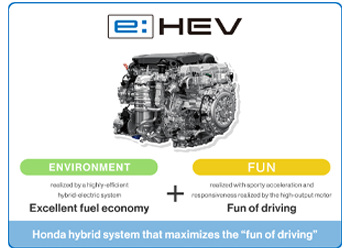
Innovative Designs
One of the critical innovations in Honda’s hybrids is the two-motor system, which dynamically switches between three driving modes: EV Drive, Hybrid Drive, and Engine Drive. This intelligent system allows the car to seamlessly adjust to the most efficient mode based on driving conditions, balancing power and fuel economy while reducing emissions.
In urban environments, the EV Drive mode powers the car solely on electric energy for shorter trips and stop-and-go traffic, minimising noise and pollution. On the open road, the Engine Drive mode takes over for sustained efficiency at higher speeds.
In addition to advancing hybrid technology, Honda has embraced sustainability in the design and manufacturing of its vehicles. The company invests in eco-friendly materials and production processes that reduce its carbon footprint.
By integrating these practices across its manufacturing sites, Honda reinforces its dedication to environmentally responsible production alongside its advancements in hybrid engineering.

A Huge Push for Honda Hybrid Engines
Honda’s hybrid advancements have also excelled on the track. Returning as an engine supplier in 2015 for Formula 1’s turbo-hybrid era, Honda progressively optimised its power unit, overcoming significant challenges to win the 2021 World Drivers’ Championship with Max Verstappen and Oracle Red Bull Racing.
This marked Honda’s first championship title since 1991. Continuing their partnership, Honda-powered cars dominated both drivers’ and constructors’ championships in 2022 and 2023.
Looking ahead, Honda’s dedication to cleaner energy doesn’t end with hybrids. The brand is actively pursuing a zero-emission future, expanding its lineup to include fully electric and hydrogen fuel cell vehicles. Honda’s goal is to achieve carbon neutrality for all products and corporate activities by 2050, a mission it approaches with the same dedication and innovation that defined its early hybrid efforts.
Today, Honda’s latest e:HEV hybrids embody the achievements of 25 years of research and development, building on a legacy of performance, responsiveness, and efficiency. These models offer seamless power delivery and remarkable fuel economy without compromising Honda’s dedication to the “joy of driving.”
